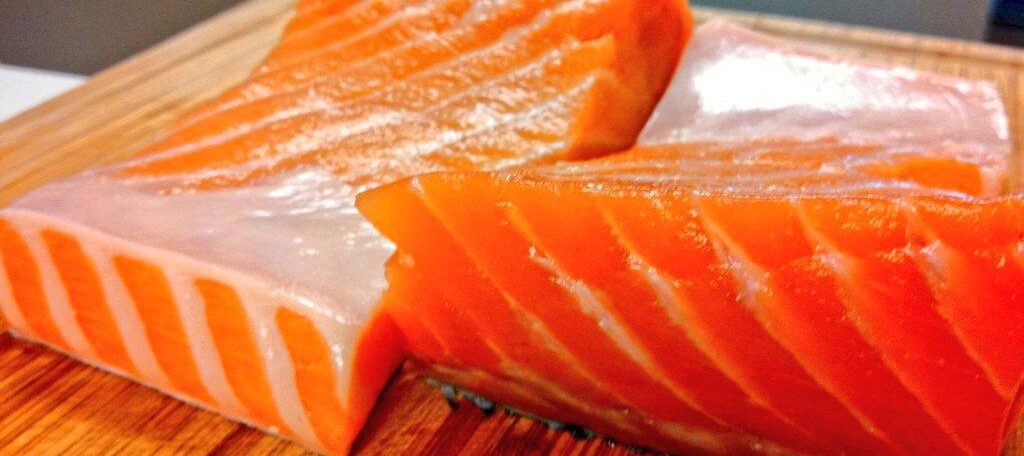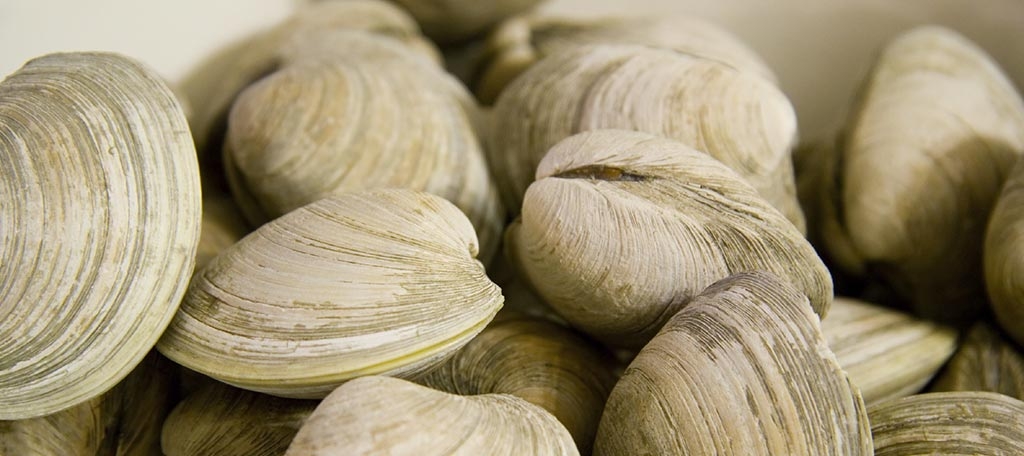
Hard Shell Atlantic
Variable textures with size, but largely firm & big ocean flavor.
Creamy, Oceanic, Briny
Quick Facts
Commonly Known As:
Quahog, Round Clam, Hard Shell
-
Species Name
Clams
-
Latin Name
Mercenaria mercenaria
-
Origin
Locational Specific
-
Harvest Method
Net Caught
-
Range & Habitat
South Atlantic & Caribbean
-
Producer
SFS Partnership
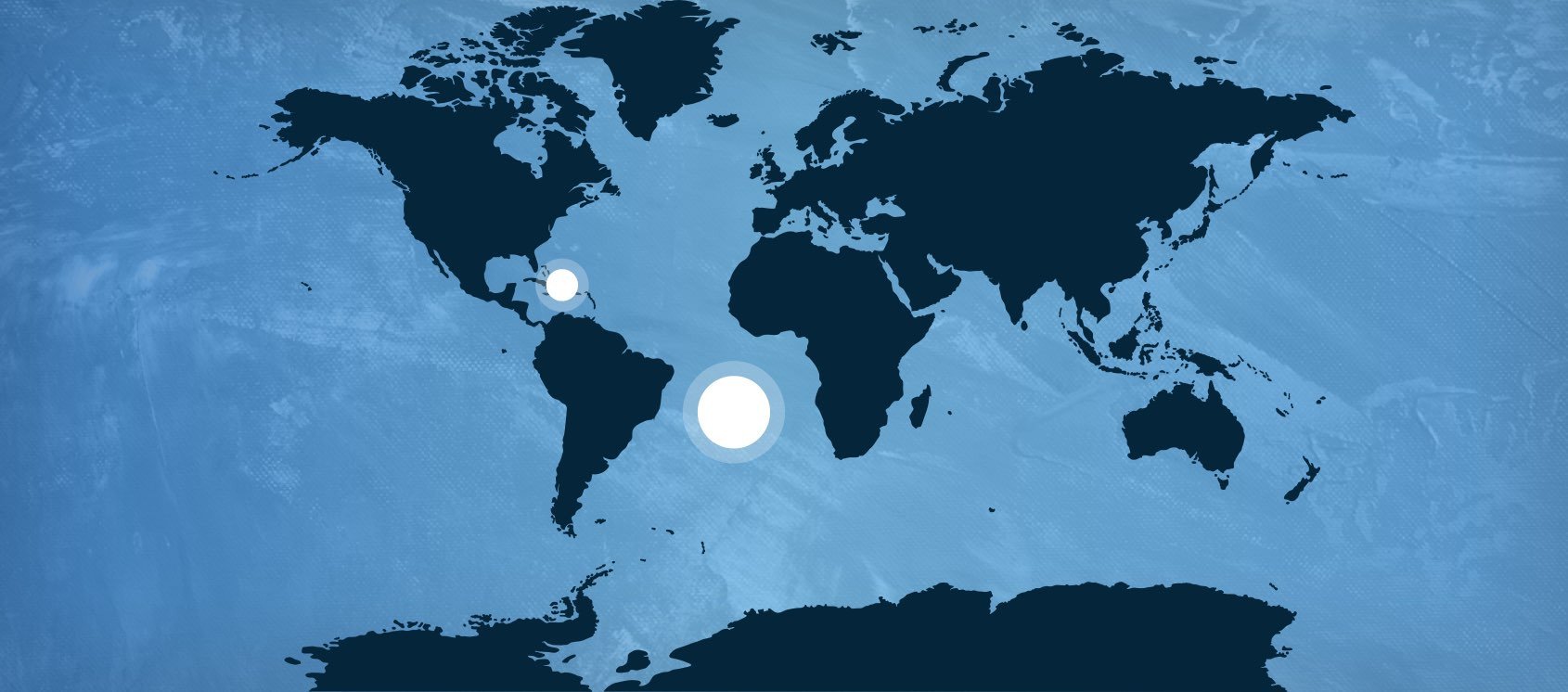
Range & Habitat
SFS Partnership
SeafoodS.com takes the upmost pride in bringing locally-minded fisheries to your guests. Whether our products are shipped from Fishermen, Ranchers, Foragers, Artisans or Importers, it is our passion to deliver excellent product through perfect service to you and your guests.
You Might Also Like These
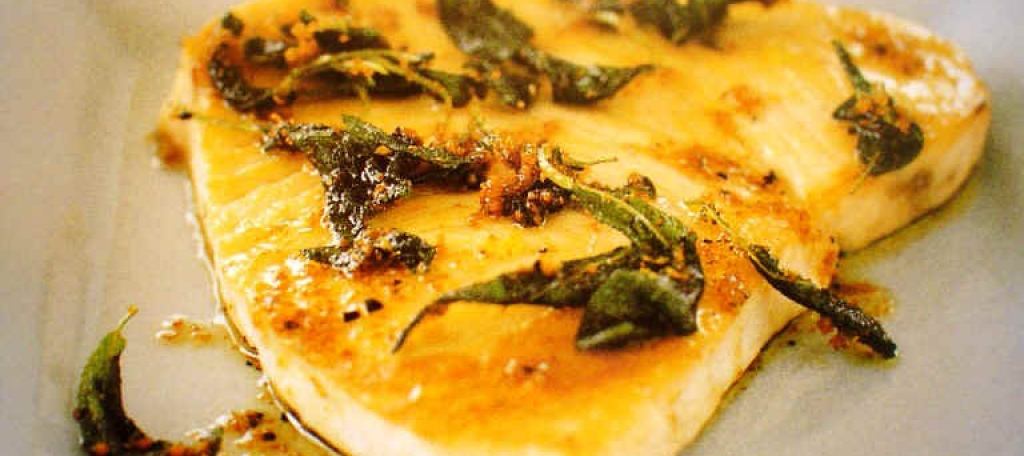
Moderate, Steaky, Lean
Leigh Fisheries provide SeafoodS.com and our customers a 3 day boat Swordfish. The fish is caught dressed and wrapped in breathable cloth immediately after landing. This provides one of the freshest Swordfish on the market. Swordfish has a lean steaky texture with moderate moisture. It has a complex flavor that holds up to bolder flavors. Sear, Grill, Broil, Roast, Poach.
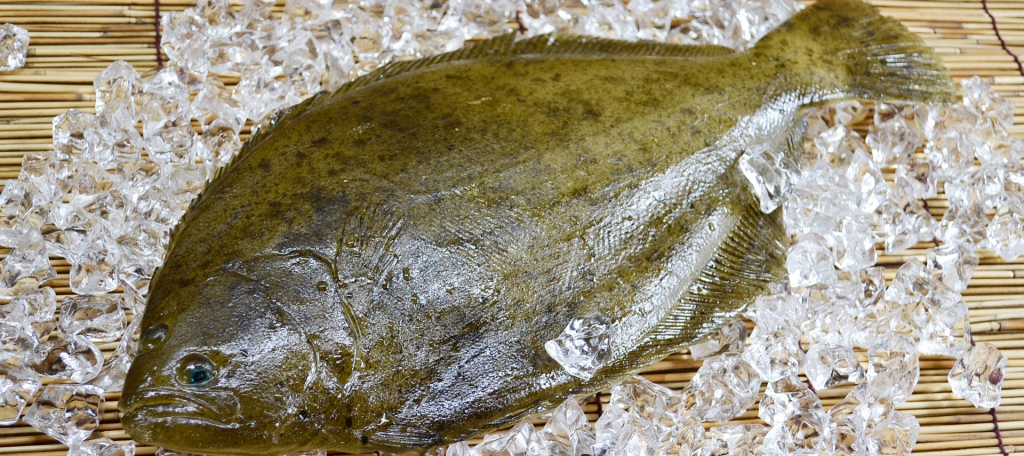
White, Mild, Flakey
Winter Flounder are a "Right-Eyed" Flounder and are cousin to the Plaice. "Left-Eyed" Flounder include Fluke (Summer Flounder), Southern Flounder, and Gulf Flounder. It is reasonable to state that the Winter Flounder inhabit colder waters and in turn have a higher content of body fat, producing more moisture in the flesh.
